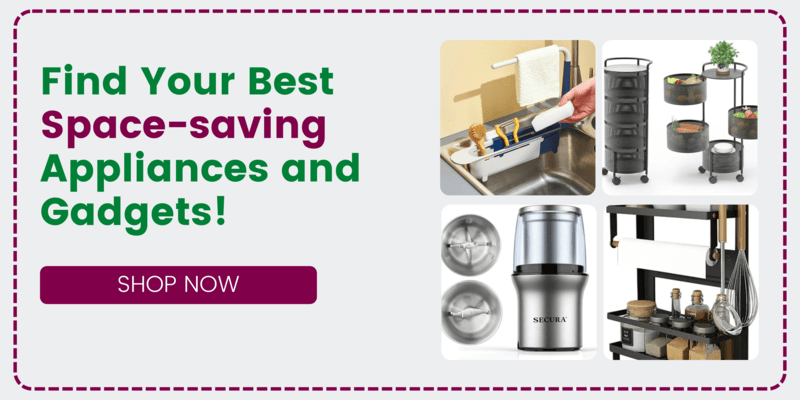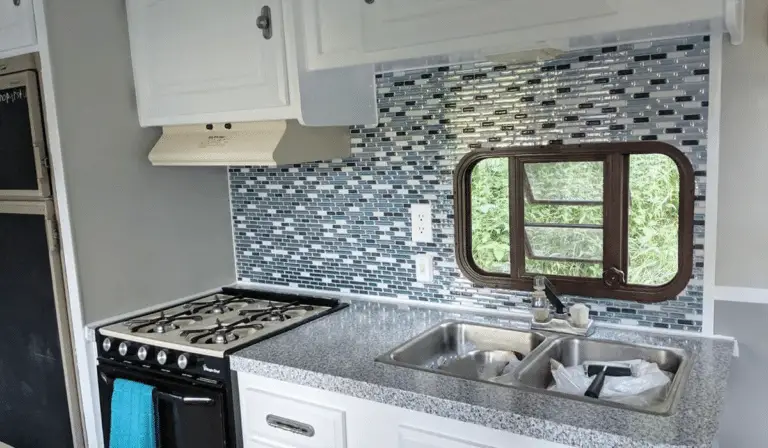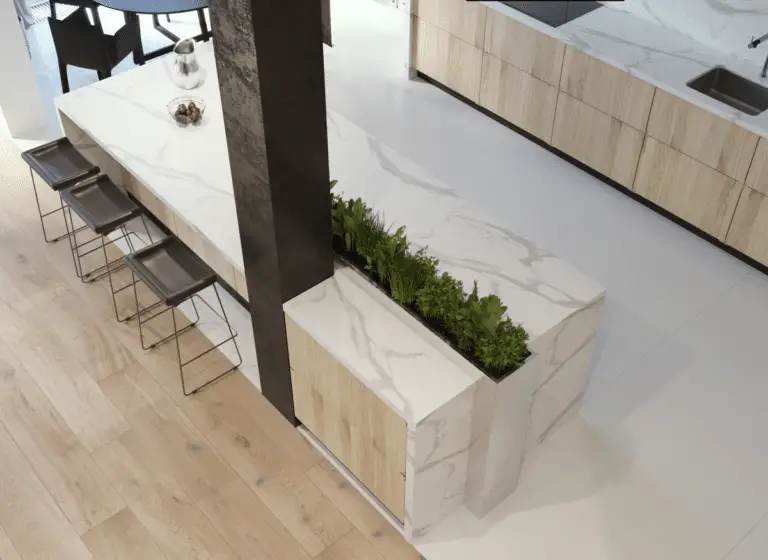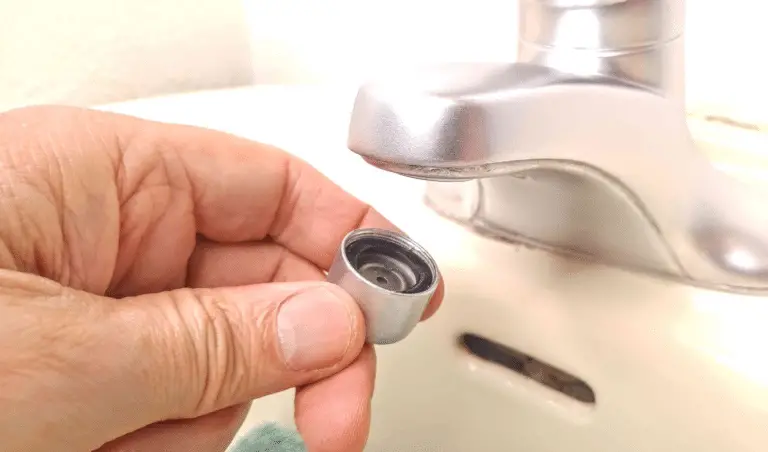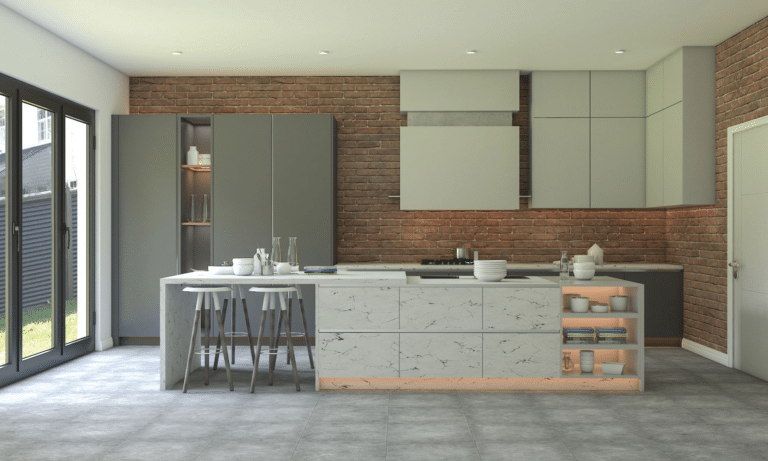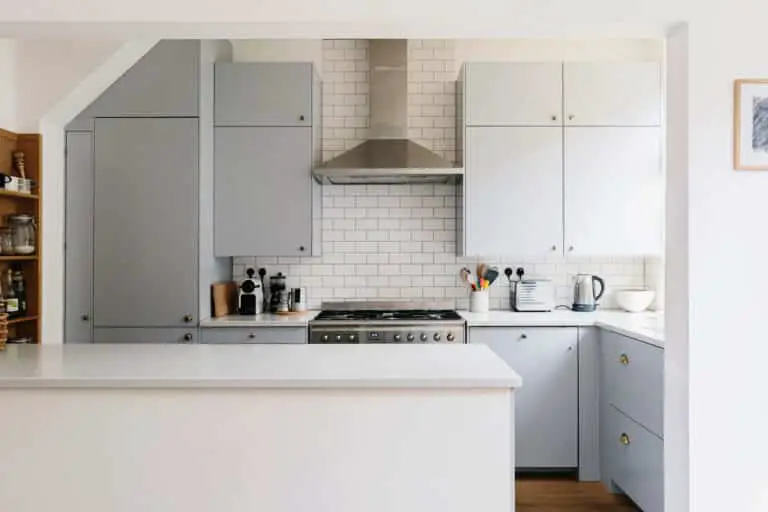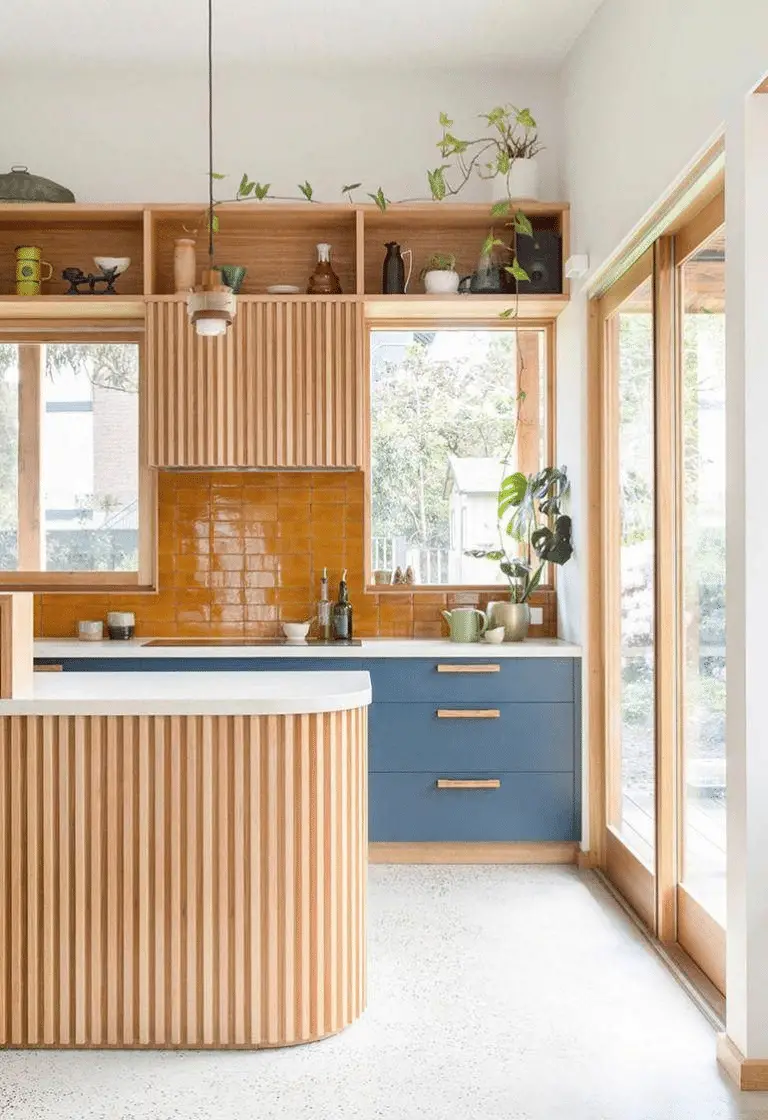Welcome to the world of mood boards for kitchen design! Dive into the essentials of creating a mood board to bring your dream kitchen to life. Learn about the key components such as color schemes and textures, as well as practical tips for organizing and presenting your ideas effectively.
Discover how to use your mood board to make informed design choices and explore inspiring ideas for different kitchen styles. Let’s get started on designing the kitchen of your dreams!
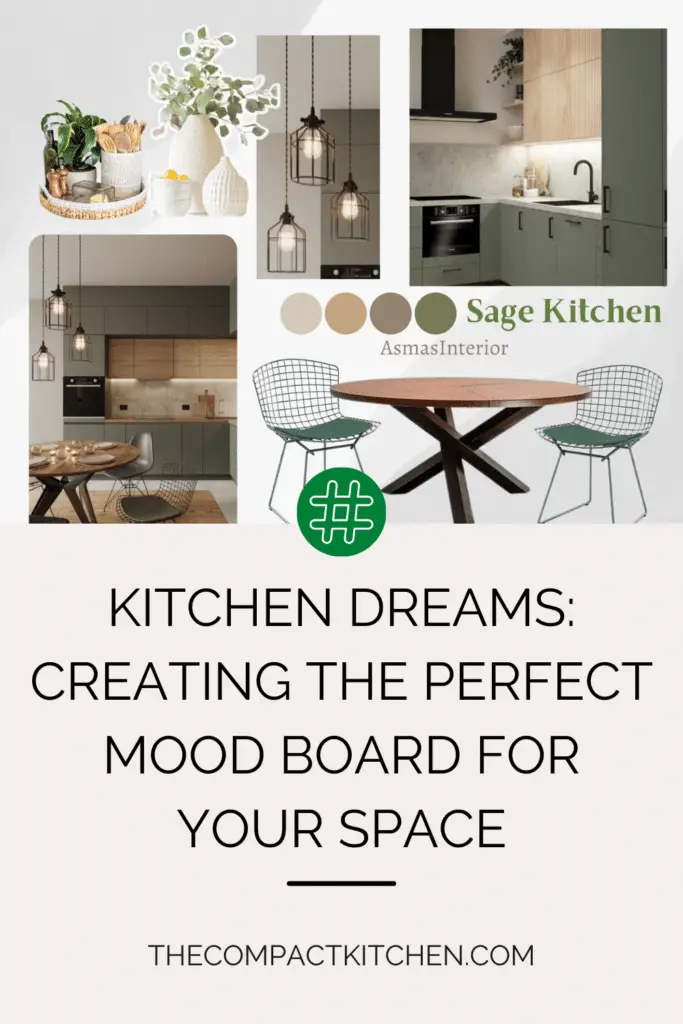
Introduction to Mood Boards
When embarking on an interior design project, one essential tool that designers often turn to is a mood board. But what exactly is a mood board, and why is it crucial in the context of planning and designing a kitchen?

Think of a mood board as a visual representation of the overall look and feel you want to achieve in your kitchen. It serves as a roadmap that helps you stay on track with your design vision, ensuring that every design decision you make aligns with the desired aesthetic.
Creating a mood board for your kitchen allows you to gather inspiration, experiment with different color schemes, materials, and textures, and ultimately bring your vision to life in a cohesive and meaningful way.
Establishing the Significance of a Mood Board in Kitchen Design
Designing a kitchen is not just about selecting cabinets and countertops; it’s about creating a space that reflects your personality and lifestyle. A mood board helps you translate abstract ideas and concepts into tangible design elements that collectively contribute to the ambiance of your kitchen.
By curating images, samples, and swatches on a mood board, you can visually explore different design possibilities, experiment with various combinations, and make informed design decisions that enhance the overall aesthetic appeal of your kitchen.
Whether you’re aiming for a sleek and modern kitchen or a cozy and rustic retreat, a well-crafted mood board serves as a visual anchor that guides you through the design process, ensuring that every design choice contributes to the cohesive and harmonious look of your kitchen.
Components of a Kitchen Mood Board
When it comes to creating a mood board for your kitchen, there are several key components that you need to consider. These elements play a crucial role in setting the tone and defining the aesthetic of your kitchen design. Let’s take a closer look at the essential components that make up a kitchen mood board.
Color Scheme

One of the most important aspects of a kitchen mood board is the color scheme. The colors you choose will set the overall mood and ambiance of the space. Whether you opt for a bold and vibrant palette or a soft and muted one, the colors you select should reflect the style and feel you want to achieve in your kitchen. Consider using a mix of complementary and contrasting colors to create visual interest and depth in your design.
Materials
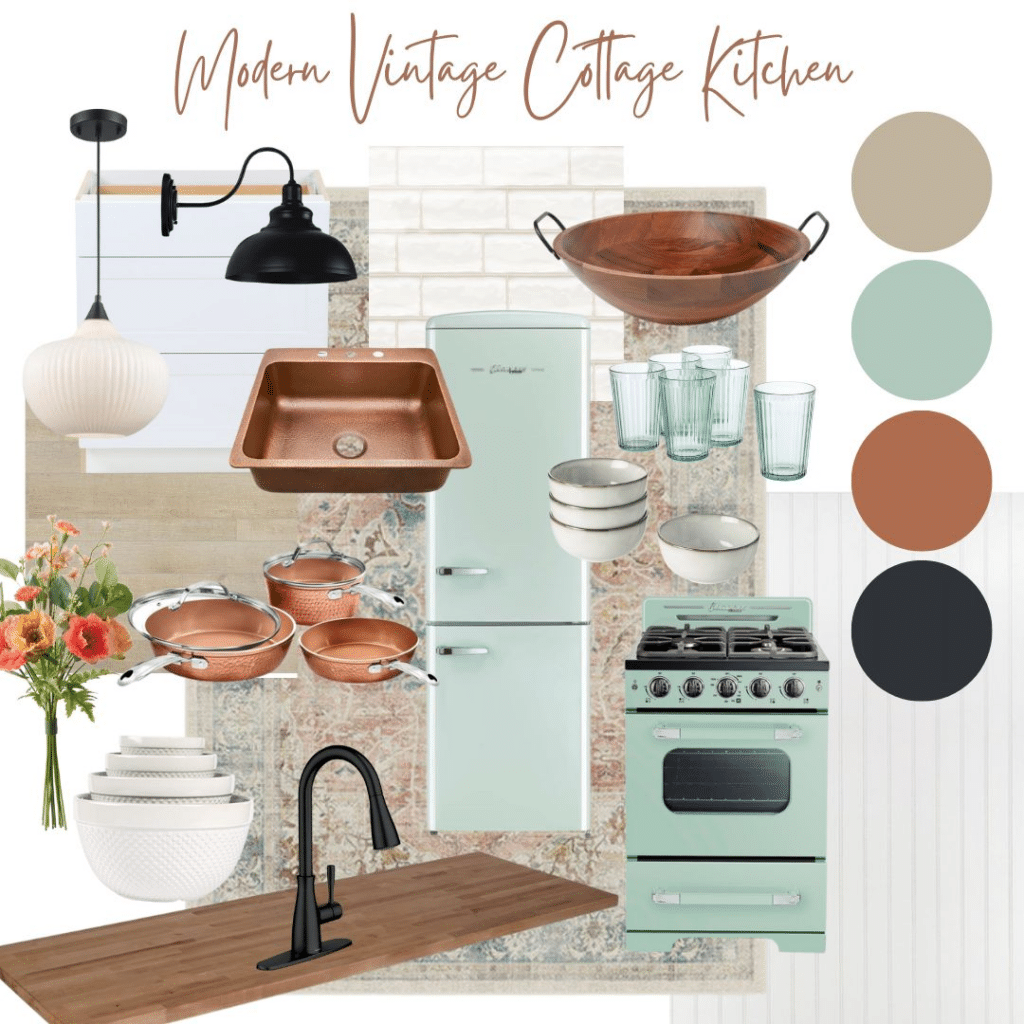
The materials you choose for your kitchen play a significant role in defining the overall look and feel of the space. From sleek stainless steel appliances to warm wood cabinets, the materials you select should be cohesive and complementary. Think about the texture, finish, and durability of each material to ensure that they work well together and create a harmonious design. Mixing and matching different materials can add visual interest and create a unique and personalized look for your kitchen.
Textures
Incorporating a variety of textures into your kitchen design can add depth, warmth, and visual appeal. Consider mixing smooth and rough textures, such as glossy tiles paired with rough-hewn wood countertops, to create a dynamic and interesting look. Textures can also help to create a sense of balance and contrast in your design, making your kitchen more inviting and engaging.
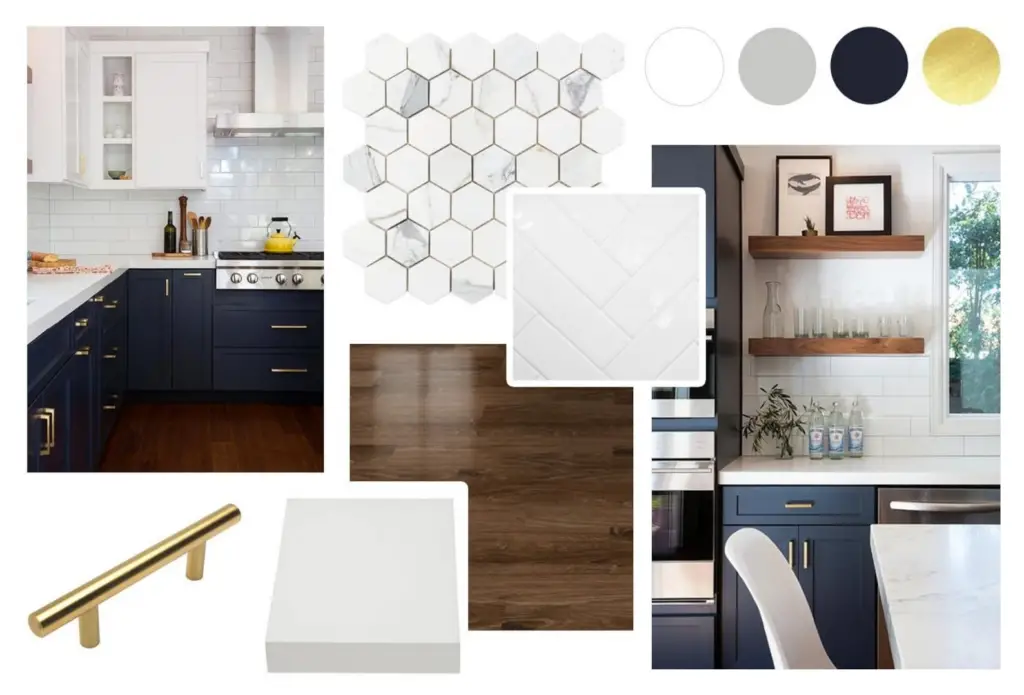
When organizing and presenting these elements on your mood board, it’s essential to think about how they interact and complement each other. Arrange your color swatches, material samples, and texture references in a way that visually conveys the overall look and feel you want to achieve in your kitchen. By creating a coherent and effective mood board, you’ll have a clear vision of your design concept and be able to make informed decisions throughout the planning process.
Creating a mood board for your kitchen is an essential step in the design process, helping you visualize the final look and feel of your space. By gathering inspiration and selecting specific materials, you can bring your design vision to life in a cohesive and organized manner. In this section, we will guide you through the process of creating a mood board for your kitchen, providing insights on different mediums you can use and how to effectively translate your ideas into a tangible design plan.
Gathering Inspiration and Selecting Materials
The first step in creating a mood board for your kitchen is to gather inspiration from various sources. Whether it’s browsing through design magazines, visiting showrooms, or exploring online platforms like Pinterest, the key is to collect images and ideas that resonate with your vision for the space. Pay attention to color schemes, textures, and overall ambiance that speaks to you and reflects the style you want to achieve in your kitchen.

Once you have gathered enough inspiration, it’s time to select specific materials that will bring your design concept to life. Whether it’s choosing a countertop material, backsplash tile, cabinet finish, or flooring option, each decision should align with the overall aesthetic you want to create in your kitchen. Consider factors like durability, maintenance, and cost when making these selections to ensure functionality and practicality in addition to aesthetics.
Utilizing Different Mediums for Mood Board Creation
When it comes to creating your kitchen mood board, there are various mediums you can use to bring your vision to life. Traditional methods involve gathering physical samples of materials, paint swatches, fabric samples, and pictures to create a tactile and visual representation of your design concept. This hands-on approach allows you to see and feel the materials, helping you make informed decisions about your design choices.
On the other hand, digital platforms like Canva, Adobe Spark, or even Pinterest offer a convenient way to create virtual mood boards with images, color swatches, and text overlays. These online tools provide flexibility in organizing and presenting your design elements, allowing you to easily update and share your mood board with others for feedback and collaboration. Whether you prefer a physical or digital approach, the key is to create a mood board that effectively communicates your design ideas and inspires the final look of your kitchen.
By following these steps and utilizing different mediums in creating your mood board, you can streamline the design process and make informed decisions about your kitchen renovation. Whether you’re aiming for a modern, traditional, or rustic style, a well-crafted mood board will serve as a valuable reference to guide your design choices and create a cohesive and harmonious space that reflects your personal style and preferences.
Using your Kitchen Mood Board to Inform Design Decisions

Creating a mood board for your kitchen is an exciting step in the design process. You’ve gathered all your inspiration, selected your color scheme, materials, and textures, and now you have a visual representation of your design vision. But how do you go from having a beautiful mood board to actually making design decisions for your kitchen? Let’s dive into how you can use your kitchen mood board to inform and guide your design decisions.
Reference Point for Design Decisions
Your mood board serves as a reference point to guide your design decisions throughout the kitchen design process. When faced with choices such as selecting the perfect countertop material, choosing cabinet finishes, or deciding on lighting fixtures, refer back to your mood board. Does the option you’re considering align with the overall style and ambiance you’ve captured on your mood board? If not, it may be time to rethink your choice.
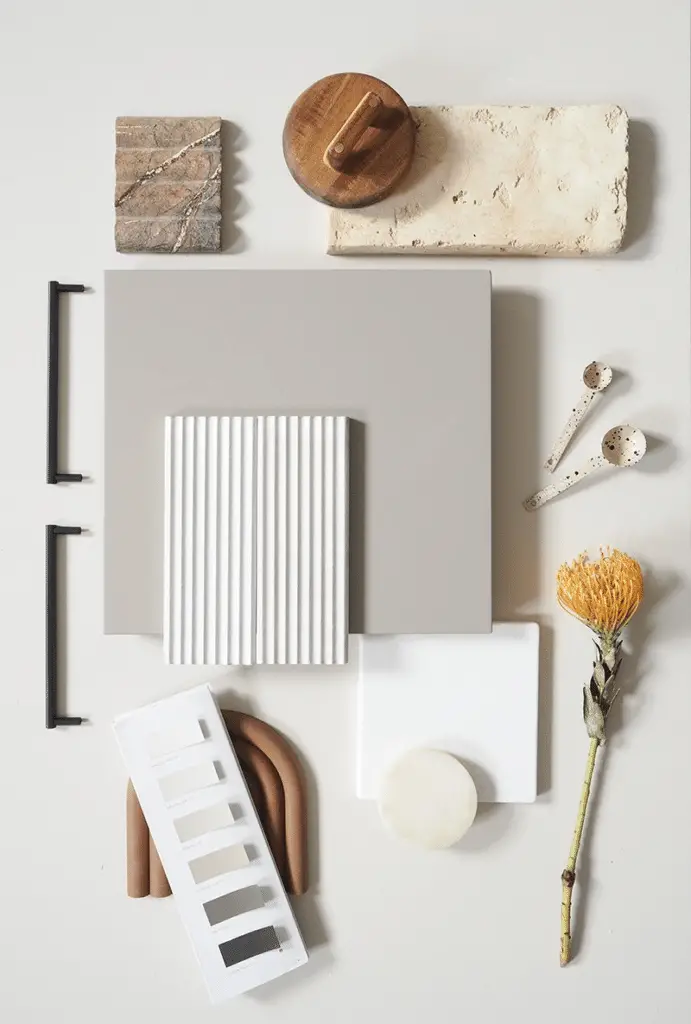
By using your mood board as a visual tool, you can ensure that every design decision you make contributes to the cohesive look and feel you want to achieve in your kitchen. It acts as a compass, guiding you towards choices that will work harmoniously together and create the desired atmosphere in your space.
Updating and Iterating the Mood Board
As your kitchen design evolves, your mood board should evolve with it. Don’t be afraid to make updates and iterations to your mood board as you make design decisions and progress through the design process. Perhaps you come across a new material that you love, or you decide to switch up the color scheme slightly. Updating your mood board allows you to visually see how these changes will impact the overall design and make adjustments as needed.

Iterating on your mood board is also a great way to ensure that you’re staying true to your original vision while allowing for design flexibility. It’s a dynamic tool that can grow and change along with your design ideas, helping you stay on track and make informed decisions as you bring your kitchen design to life.
Using your kitchen mood board to inform design decisions is a key step in the design process. By referencing your mood board as a guide and updating it as your design evolves, you can ensure that your design decisions align with your vision and create the perfect kitchen space you’ve been dreaming of.
Mood Board Ideas for Different Kitchen Styles
When it comes to designing your dream kitchen, a mood board can be a powerful tool to help you visualize the final look and feel of the space. By curating a collection of images, color swatches, materials, and textures, you can create a cohesive vision that guides your design decisions. Let’s explore some mood board ideas for different kitchen styles to inspire your own creative process.
Modern Kitchen

For a modern kitchen style, consider using a monochromatic color scheme with sleek lines and minimalist design elements. Incorporate materials like stainless steel, glass, and concrete for a contemporary look. Your mood board can feature high-tech appliances, geometric shapes, and pops of bold accent colors to add interest to the space.
Traditional Kitchen
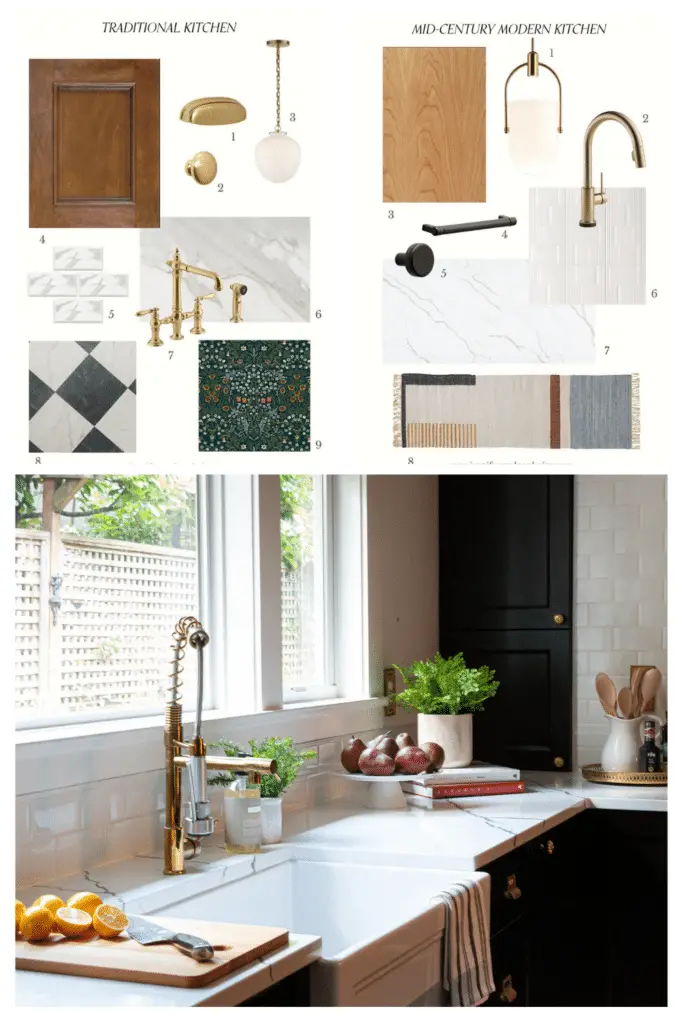
If you prefer a more traditional kitchen aesthetic, opt for warm, inviting colors like cream, beige, and soft blues. Include classic materials such as wood, marble, and ceramic tiles to create a cozy atmosphere. Vintage-inspired fixtures, ornate details, and intricate patterns can enhance the traditional charm of your kitchen mood board.
Rustic Kitchen
For a rustic kitchen style, focus on natural elements like reclaimed wood, stone, and wrought iron. Choose a earthy color palette with warm tones of brown, green, and terracotta. Weathered finishes, exposed beams, and farmhouse-inspired details can bring a sense of warmth and authenticity to your mood board design.

By exploring different kitchen styles through mood boards, you can gain a deeper understanding of how design decisions impact the overall ambiance of the space. Whether you’re drawn to modern minimalism, traditional elegance, or rustic charm, your mood board can serve as a roadmap to bring your vision to life. Remember to continuously update and iterate your mood board as your design evolves, allowing your creativity to flourish and your kitchen style to truly shine.
Wrap Up Your Kitchen Mood Board Journey:
Crafting a kitchen mood board is like blending the perfect recipe – it’s all about balance, harmony, and personal flair. Remember, your mood board is not just a visual aid, but a roadmap to your dream kitchen. So, gather your inspiration, mix your elements thoughtfully, and let your creativity run wild. As you embark on this creative journey, keep in mind that your mood board is a living document, evolving with your design decisions. Happy designing!


